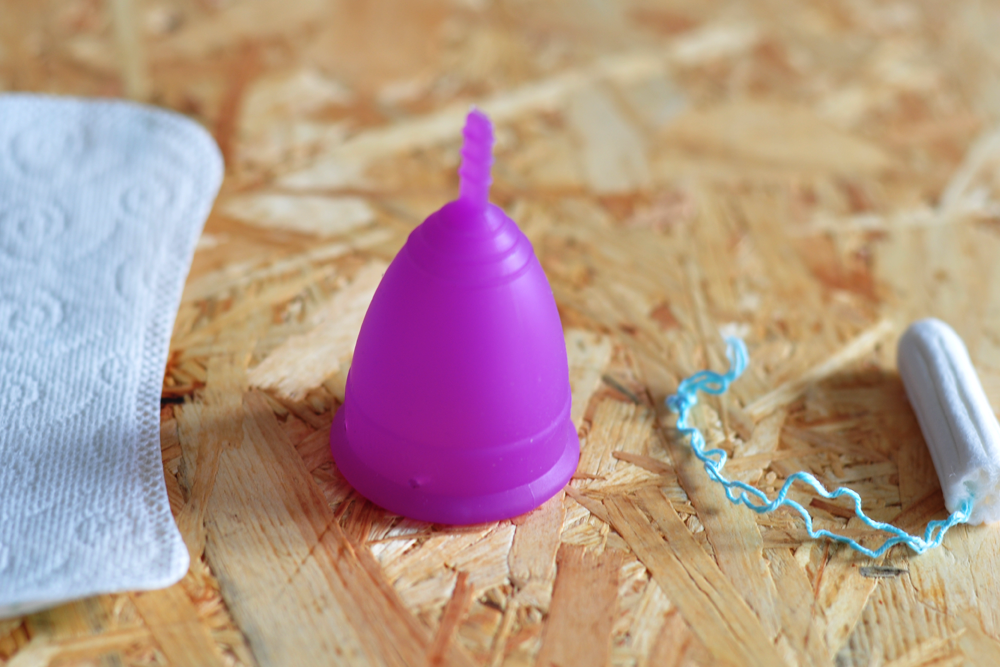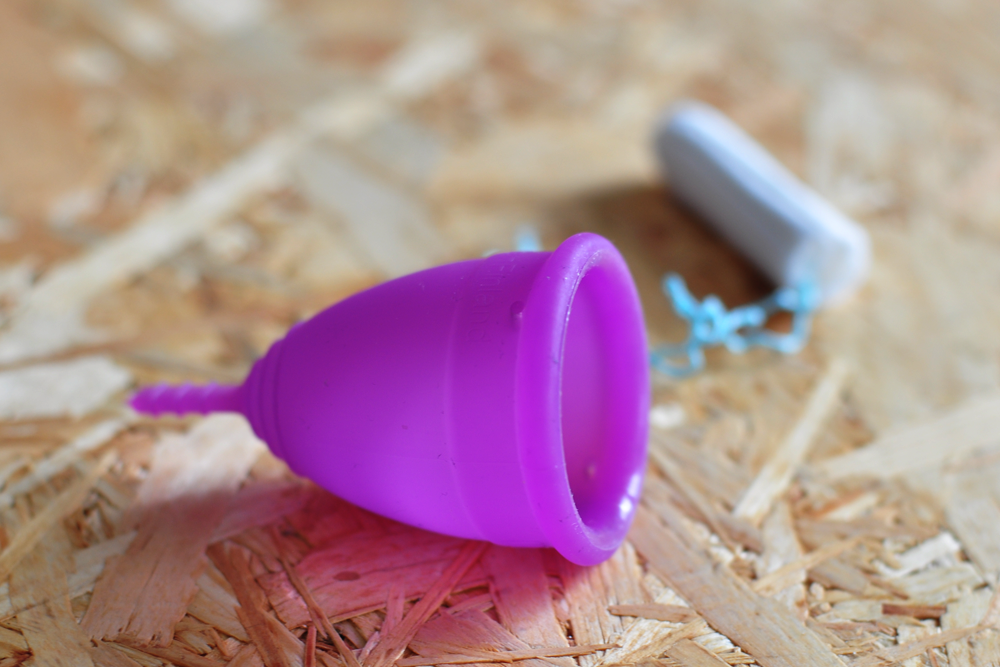If you are female and interested in waste prevention and Zero Waste you will quickly have to deal with the topic feminine hygiene. On average a woman uses up to 17,000 tampons and pads in her life. The life cycle assessment of these disposable products is obvious: It is not only a lot of waste which is not biodegradable, but also a lot of wasted energy for the production.
Especially in terms of health aspects, conventional feminine hygiene products and the used materials should be questioned, as they are harmful to the body. We want to be informed about what is in our food and what chemicals are used in our clothing and toiletries. We don’t question at all what is in the tampons which we entrust our mucousae for decades: They are made of chlorinated or chemically bleached, genetically manipulated, with pesticide contaminated cotton that, even if they are made from organic cotton, dry out mucous membranes and not rarely lead to infection, can cause TSS and are associated with cramps. Conventional disposable pads and panty liners are made of plastics, e. g. plastic granules in the core, and they are coated with a plastic layer. More information on the materials here. Plastics prevent the skin from breathing, which can lead to inflammation, skin irritation and other ailments.

Switching to healthy, sustainable and environmentally friendly alternatives is easy.
Menstrual cups are usually made of odorless, medical grade silicone, which is hypoallergenic and therefore completely safe for the body. Silicone doesn’t absorb liquid and so neither drought nor unpleasant odor may arise. They are durable with proper care (up to 10 years) and accordingly less expensive than disposable products. Of course there are reusable panty liners and pads out of natural materials such as silk, cotton and fleece. Since I am often asked “How does such a cup work?”, this article is limited to it.
Menstrual cup – yes or no?
During my research about menstrual cups I often experienced strong contrasts. Some are thrilled and others don’t like them at all. In addition to this, there are many brands with different sizes, colors and different flexibility (an important factor, in my opinion). So you have plenty options and, not enough, we literally have to learn how to use it.
The most important thing is not to force yourself, because then it just won’t work. At least this is the experience that I made. You have to give yourself and your body time. It may work immediately and you are used to it just in a few months or, as in my case, it takes several attempts and some years. And I don’t mean I had to test myself through the full range of products, but simply to get to know my body and to accept how it behaves.
Since about four years I use my menstrual cup and I have to admit that I had to get used to it and wasn’t able to wear it consistently in the begining. I even resigned temporary and thought that it just wasn’t for me. Now I know, it is. Hopefully I can encourage someone to give it a try. Over time I learned, for example, that the cervix descends during these days and that the whole tissue is much softer, which is much more beneficial for the insertion. But this differs from woman to woman.
HOW TO
The menstrual cup can be worn at any time, during the day and at night. When placed properly it can’t leak and neither blood can flow out nor water can get in. Thus, it is also suitable for swimming and has, in comparison to a tampon, the advantage that the string doesn’t interfere and the tampon can’t absorb water. In general the menstrual cup is suitable for all activities and often more convenient for many women.
Just the confrontation with the menstrual cup was very useful for me because I learned more about my body and how it behaves. In our fast-paced society we always want to function and constantly try to defy nature. I am thinking of long-term contraceptive methods that lead to absence of the menstrual period or women who postpone their menstruation by shifting the intake of the birth control pill because it doesn’t fit in their schedule – I handled it that way too in the past. You don’t always have to function if the body is not ready for it. Mother Nature had an intention while inventing it. This awareness in mind helped me to develop the necessary acceptance for the processes of my body and the corresponding application.


Pingback: Girl Talk: Cycle tracking - freeofwaste